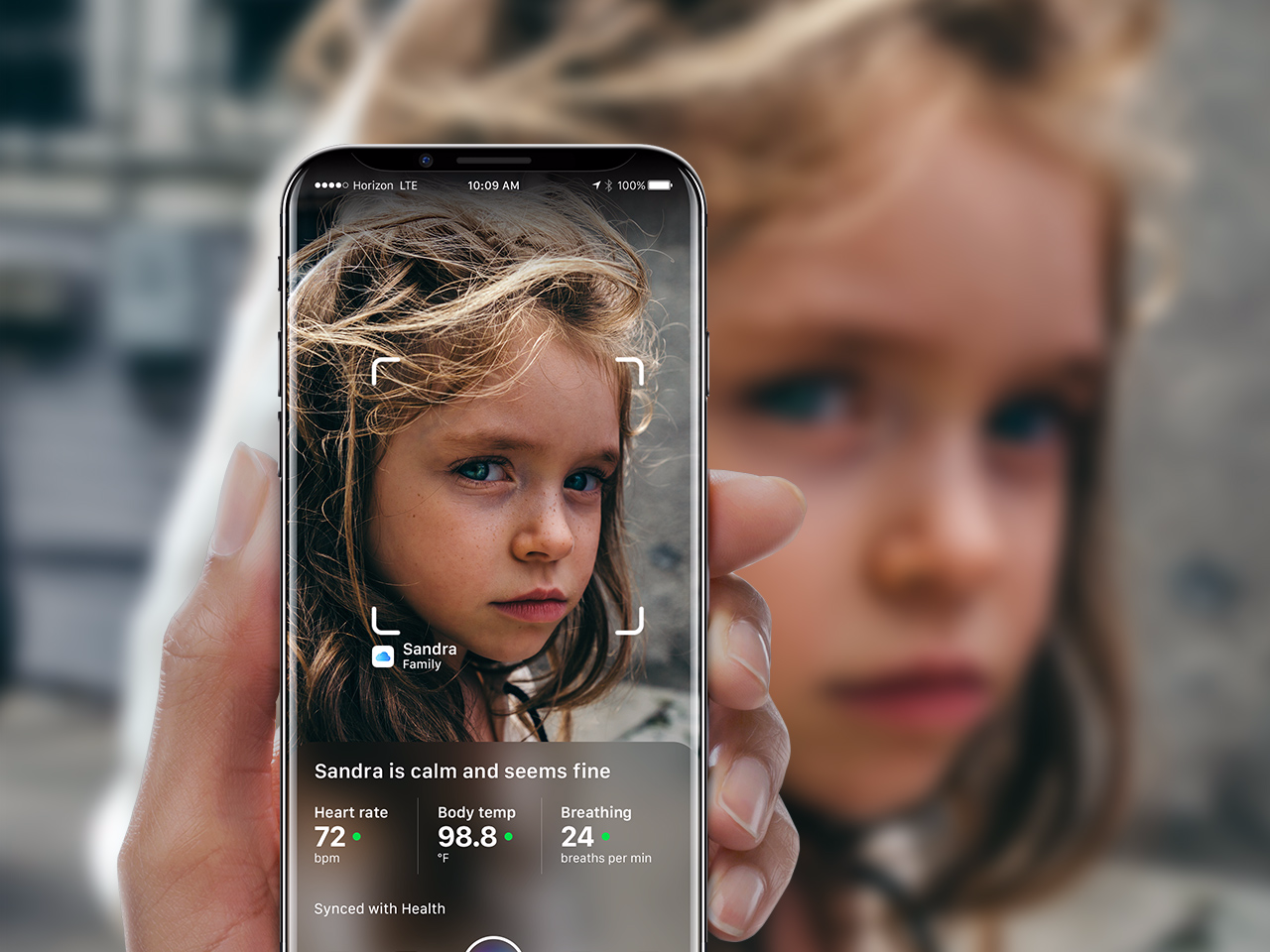‘It’s a game changer’: The new iPhone has marketers bullish on augmented reality
Apple CEO Tim Cook is not the only one that's bullish on augmented reality. Marketers are suddenly dreaming big about AR.
Apple is all set to roll out iOS 11 next week, which among other things, will enable the iPhone's camera to integrate graphics into the real world. And several major brands, including Lowe's, Ikea and Cambria will quickly follow suit with their own ARKit apps.
"It's a game changer," Aaron Shapiro, CEO at Huge, told Business Insider. "It is really a first in the true convergence of the physical and the digital. It is well poised to become mainstream quickly."
"Augmented reality is definitely the next big computing platform," Marc Jensen, chief innovation officer at agency Space150 said. "It is inevitable."
The current buzz around augmented reality harkens back to the launch of the iOS App Store — or even virtual reality — not too long ago. Brands of all shapes and sizes jumped on the bandwagon, launching their own apps and VR experiences. But barring a few notable exceptions, for instance Uber and Snapchat, the majority of these were failures. Both the bubbles eventually burst, at least from the marketing standpoint.
But marketers believe that augmented reality is different, with Google joining in with its very own ARCore on Android devices.
"We can now extend interactive brand experiences to consumers, wherever they are – as long as they have the devices in hand," said Zach Debord, creative director at Isobar US. "This removes the barrier of geography from branded experiences, and since the devices are so ubiquitous, it means that the barrier to entry is minimal."
The ubiquity of both Apple and Android devices also means that the technology is set on the path for scale, said Sargi Mann, EVP of digital strategy at Havas Media. "Building the capability within the phone versus requiring an additional device is going make consumers a lot more willing to engage with the technology," she said.
As a result, the technology is proving to be an attractive bet for brands. Huge, for example, has worked with Lowe's to develop an ARKit home improvement app that enables people to measure objects and items, such as the dimensions of a window, in their homes easily.
"We’re always exploring new and emerging technologies and looking for the best ways to provide value to our customers and our store associates," said Gihad Jawhar, Lowe's VP of digital development. "With Apple’s ARKit, augmented reality is instantly at scale, reaching 100 million plus devices that are ARKit-compatible."
Meanwhile, Space150 has developed Cambria AR, an app that allows customers to sample Cambria’s various surface designs for their homes, restaurants or bars. The ARKit technology maps surfaces such as kitchen counters, islands or bar tops and then overlays designs on them, providing an image of what the surface would look like.
Ikea too will unveil an app called Ikea Place which will allow users to preview “true to-scale” Ikea furniture in their homes using AR.
Moving forward, expect a number of other brands to put forth different use cases. A consumer could try on a jacket he or she is looking to purchase in their own mirror, for example, said Octavio Maron, executive creative director at the marketing firm Fetch. Or augmented reality could be integrated in utility apps such as maps, suggested Havas Media's Mann. It could also be used for educational purposes, such as museums, said Huge's Shapiro.
"There will be a lot of experimentation and play before we all can embrace an AR future," said Space150's Jensen.
Tim Cook

